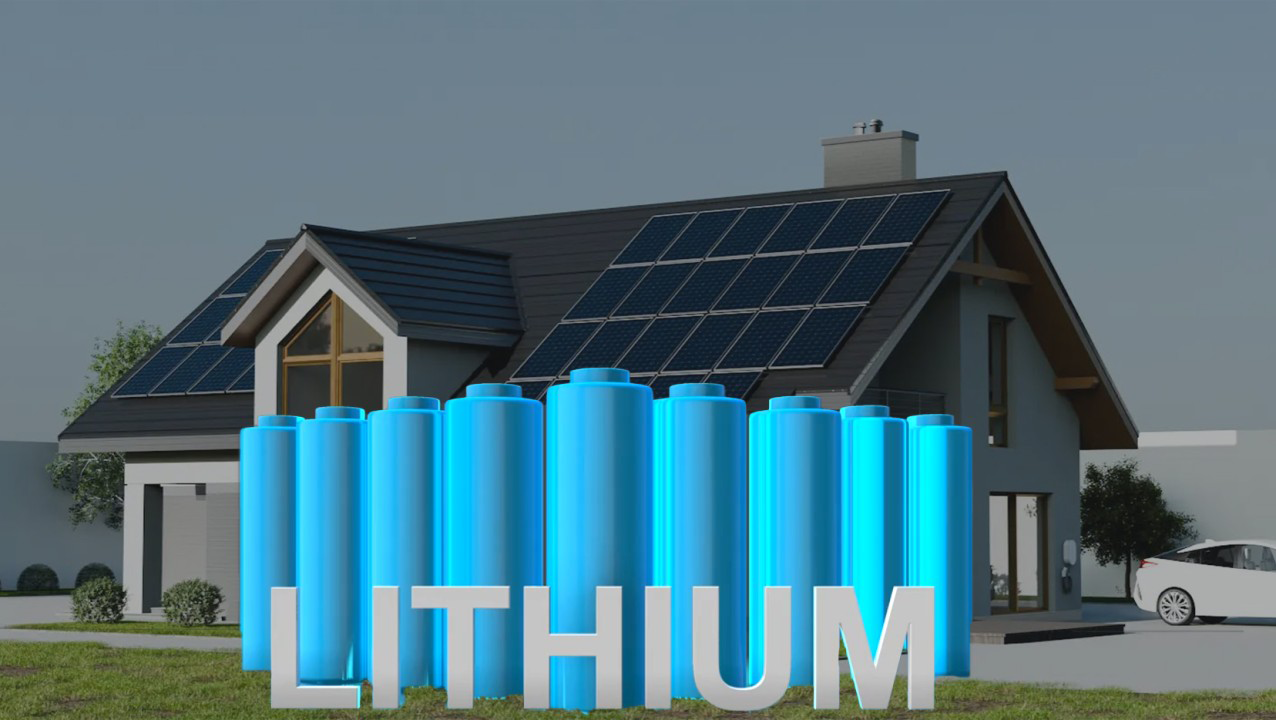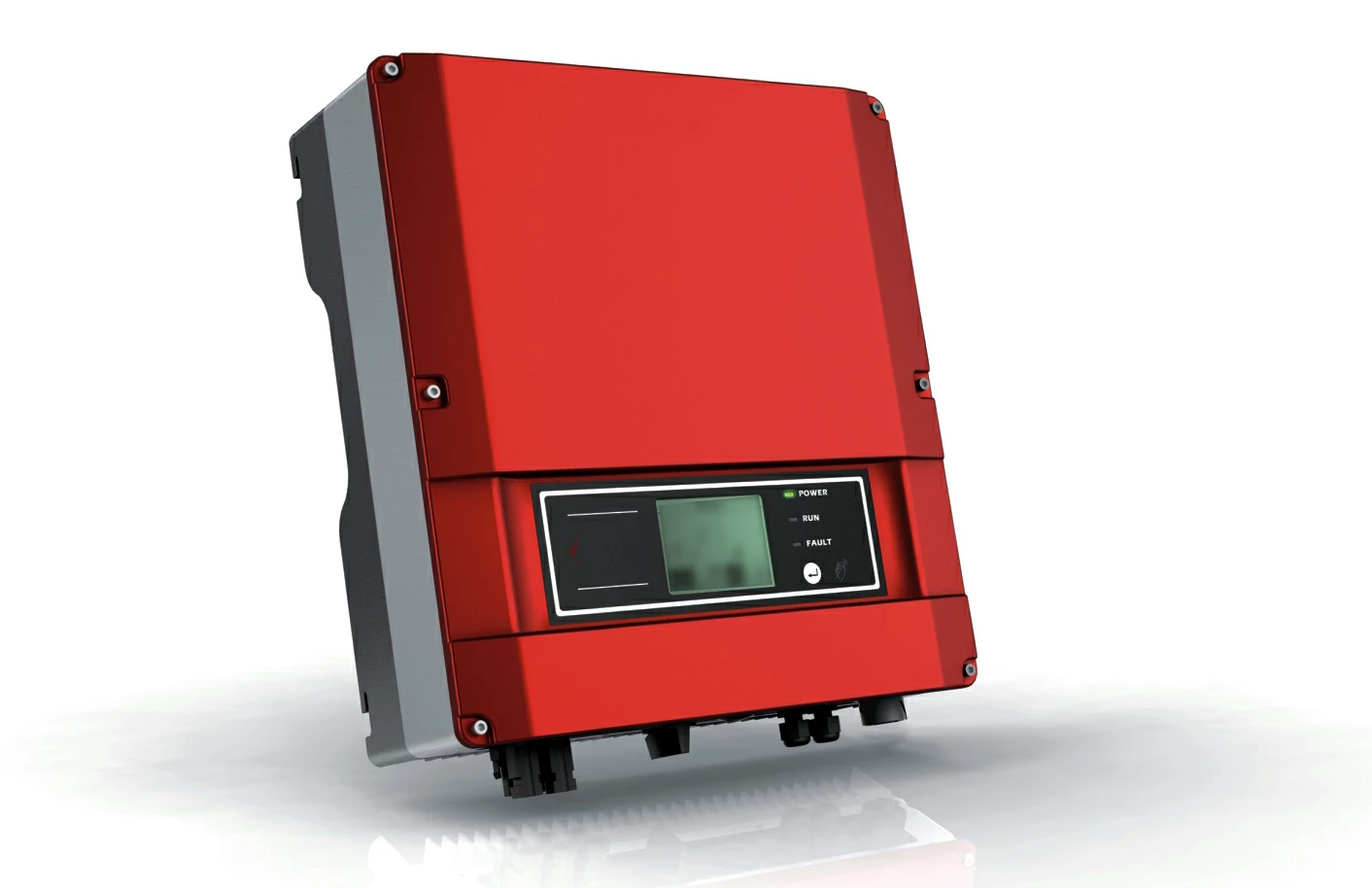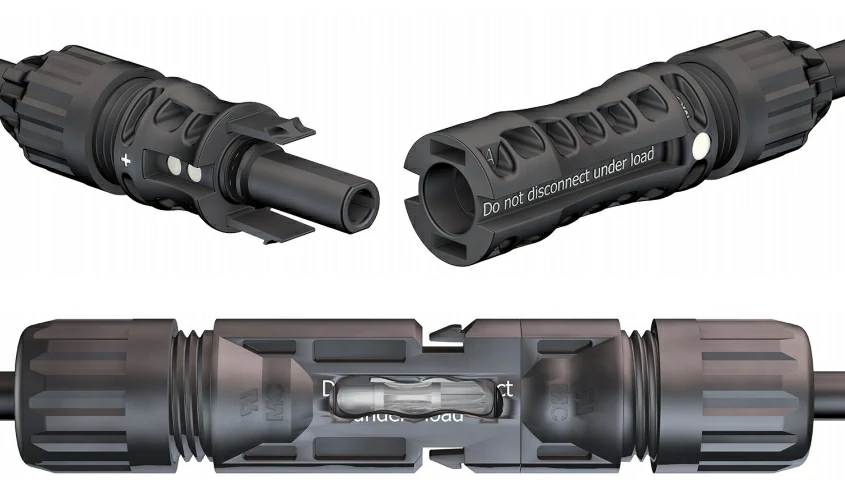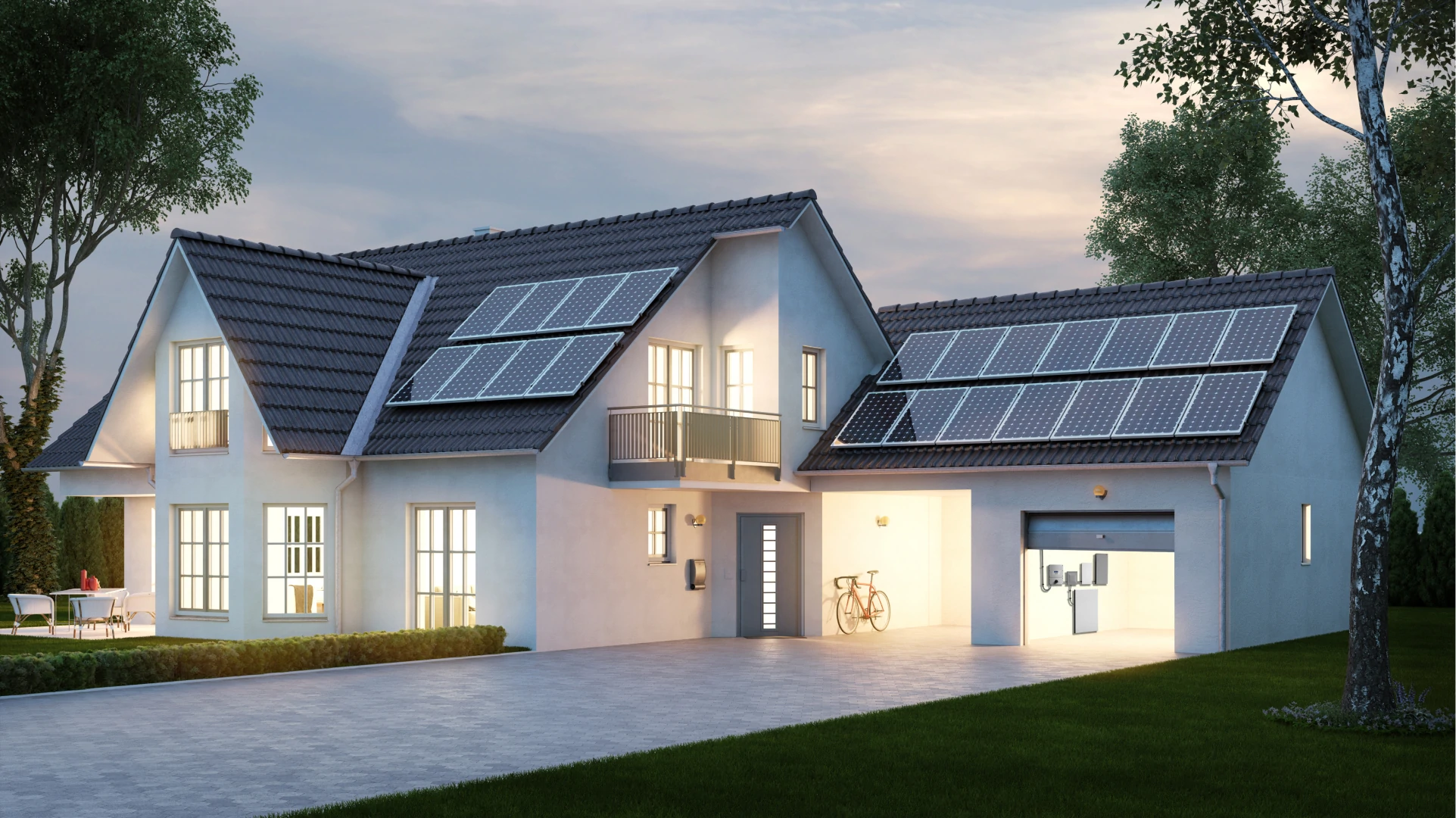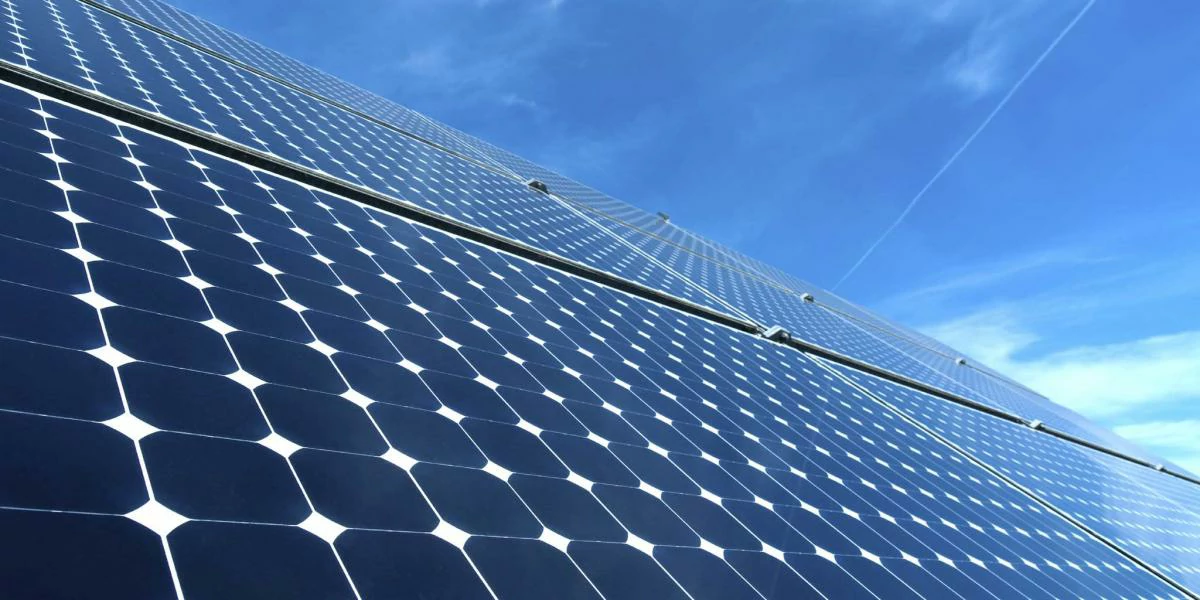A highly integrated backup power solution for solar home energy...
Multicompound solar cells: New hope for future photovoltaic technology
As the global demand for renewable energy continues to grow, solar energy has attracted much attention as a clean and pollution-free energy source. Compound Photovoltaic Cells (PV cells) have become a new focus of photovoltaic researchers and industry because of their unique properties and wide application prospects. This article will discuss the basic concepts, working principles, advantages and challenges of multicompound solar cells, and their potential applications in the future photovoltaic market.
the basic concept
Multicompound solar cells refer to solar cells that use two or more elements of compound materials (such as gallium arsenide, cadmium sulfide, copper indium gallium selenium, etc.) as photovoltaic materials. Compared with traditional silicon-based solar cells, these materials have higher light absorption efficiency and better photoelectric performance.
the working principle
Multicompound solar cells work on the same principle as the classical photovoltaic effect, which is to create electron-hole pairs by absorbing sunlight. Under light, the photon energy excites the material's electrons, making them jump from the valence band to the conduction band, forming free electrons and holes. The electrons then move towards the electrode under the action of an electric field, which creates an electric current.
The material design of multicompound solar cells allows them to take advantage of a wider spectrum, which means they absorb sunlight more efficiently and convert it into electricity.
Advantages
High efficiency
The photoelectric conversion efficiency of multicompound solar cells is usually higher than that of traditional monocrystalline silicon and polycrystalline silicon solar cells. For example, the laboratory efficiency of gallium arsenide solar cells can exceed 30%. This advantage makes it particularly popular in space applications such as satellites and spacecraft.
Broad-spectrum absorption
Due to the diversity of their materials, multi-compound solar cells can operate efficiently over a wider spectral range, thus improving the efficiency of light absorption. This makes them perform better in different lighting conditions.
Flexible application
Multicompound solar cells can be made into flexible cells using thin film technology, which allows them to be used in many fields such as integrated photovoltaics for buildings, portable devices, and wearable technology.
Excellent low temperature performance
Some multi-compound materials perform better than monocrystalline silicon at high temperatures, allowing them to maintain high efficiency even in extreme weather conditions.
the challenge of multi-compound solar cells
High manufacturing cost
At present, the production process of multi-compound solar cells is complex, involving expensive raw materials and sophisticated manufacturing techniques, resulting in high costs. This limits its wide application in the market to some extent.
Material scarcity
Some multi-compound materials, such as gallium arsenide, are relatively scarce and may limit the sustainability of large-scale production. At the same time, the environmental impact of certain materials can also be discussed.
Technology maturity
Although multi-compound solar cells have demonstrated excellent performance under laboratory conditions, the relevant technology and production process still need to be further improved in commercial operation.
Market prospect and application
aerospace
High efficiency and reliability make multi-compound solar cells very suitable for use in special environments such as spacecraft and satellites.
Architectural integration
In building integrated photovoltaics (BIPV), multi-compound solar cells can be used as part of a building material, both aesthetically pleasing and power-generating.
Portable and wearable devices
Due to their high efficiency and thinness, multi-compound solar cells are ideal for use in portable electronic devices and wearable technologies, providing continuous power support.
Large photovoltaic power station
In the future, multi-layer design of multi-compound solar cells has the potential to achieve higher power generation efficiency and improve economy in large photovoltaic power stations.
Summary
As a new photovoltaic technology, multi-compound solar cells have demonstrated their great potential in the field of energy conversion. Although it still faces some technical and economic challenges, with the deepening of research and technological progress, its position in the global photovoltaic market will become more important in the future. The development of multi-compound solar cells can not only improve the overall efficiency of photovoltaic power generation, but also an important step in promoting sustainable energy solutions.

Home energy storage product series
A lithium battery pack for home energy storage systems, which is compatible with solar panels and the sun The inverter can work together with the power grid to power household appliances, and it can also be used as a For off grid systems.
Extended reading
THE ESSC Brand promise
Global supply
Our products sell well all over the world, covering many countries and regions, through the global logistics network, to provide customers with convenient purchasing experience.
Rigorous quality
We adhere to the highest quality control standards to ensure every product meets industry regulations and customer expectations, earning trust through consistent excellence.
Excellent service
With a customer-centric approach, we provide prompt responses, professional support, and personalized services, aiming to deliver the best user experience and long-term value.
